|
Per Share Data
|
|
2017
|
2018
|
2019
|
TTM
|
3 Year Avg.
|
|
Diluted EPS
|
---
|
---
|
---
|
3939.63
|
---
|
|
Basic EPS
|
---
|
---
|
---
|
3939.63
|
---
|
|
Sales Per Share
|
---
|
---
|
---
|
57054.70
|
---
|
|
|
2017
|
2018
|
2019
|
MRQ
|
3 Year Avg.
|
|
Book Value Per Share
|
---
|
---
|
---
|
12785.95
|
---
|
Diluted EPS
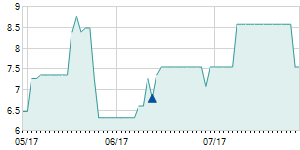
|
The term earnings per share (EPS) represents the portion of a company's earnings, net of taxes and preferred stock dividends, that is allocated to each share of common stock. EPS is a carefully scrutinized metric that is often used as a barometer to gauge a company's profitability per unit of shareholder ownership. As such, EPS is a key driver of share prices. It is also used as the denominator in the frequently cited P/E ratio.
|
Financial Strength
Current Ratio
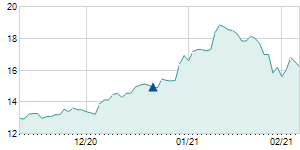
|
Current Ratio is mainly used to give an idea of the company's ability to pay back its short-term liabilities (debt and payables) with its short-term assets (cash, inventory, receivables). The higher the current ratio, the more capable the company is of paying its obligations.
The quick ratio is more conservative than the current ratio, a more well-known liquidity measure, because it excludes inventory from current assets. Inventory is excluded because some companies have difficulty turning their inventory into cash. In the event that short-term obligations need to be paid off immediately, there are situations in which the current ratio would overestimate a company's short-term financial strength.
Total Debt/Equity is a measure of a company's financial leverage calculated by dividing its total liabilities by stockholders' equity. It indicates what proportion of equity and debt the company is using to finance its assets. Sometimes only interest-bearing, long-term debt is used instead of total liabilities in the calculation.
|
Profitability
Gross Margin (%)
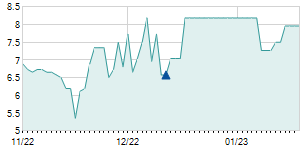
|
The gross margin represents the percent of total sales revenue that the company retains after incurring the direct costs associated with producing the goods and services sold by a company. The higher the percentage, the more the company retains on each dollar of sales to service its other costs and obligations.
Operating margin is a measurement of what proportion of a company's revenue is left over after paying for variable costs of production such as wages, raw materials, etc. A healthy operating margin is required for a company to be able to pay for its fixed costs, such as interest on debt.
|
Management Effectiveness
Return on Assets (ROA) (%)
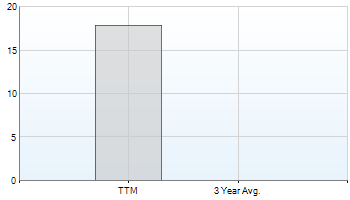
Return on Equity (ROE) (%)
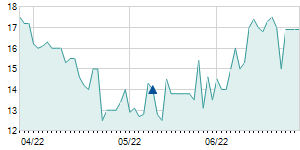
Return On Invested Capital (ROIC) (%)

|
Return On Assets - ROA is an indicator of how profitable a company is relative to its total assets. ROA gives an idea as to how efficient management is at using its assets to generate earnings.
Return On Equity - ROE is the amount of net income returned as a percentage of shareholders equity. Return on equity measures a corporation's profitability by revealing how much profit a company generates with the money shareholders have invested.
Return On Invested Capital - ROIC is used to assess a company's efficiency at allocating the capital under its control to profitable investments. The return on invested capital measure gives a sense of how well a company is using its money to generate returns.
|
Operating Ratios
|
|
Asset Turnover - The amount of sales generated for every dollar's worth of assets. Asset turnover measures a firm's efficiency at using its assets in generating sales or revenue - the higher the number the better.
Inventory Turnover showing how many times a company's inventory is sold and replaced over a period. This ratio should be compared against industry averages. A low turnover implies poor sales and, therefore, excess inventory. A high ratio implies either strong sales or ineffective buying.
Receivables Turnover is used to quantify a firm's effectiveness in extending credit as well as collecting debts. The receivables turnover ratio is an activity ratio, measuring how efficiently a firm uses its assets.
|
|